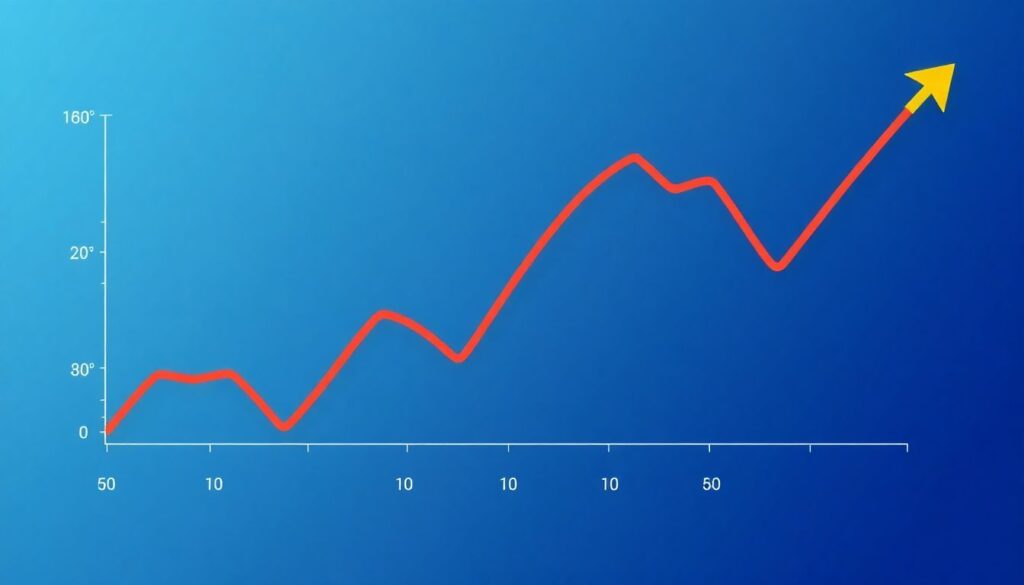Understanding Options Skew and Volatility Surfaces: Mapping the Terrain
1. Laying the Groundwork: What Is Options Skew?

Before diving into the deeper waters of volatility surfaces and advanced modeling, let’s start with the basics. Options skew refers to the pattern where implied volatility (IV) isn’t evenly distributed across different strike prices. In an ideal world, options with the same expiration but different strikes would have the same IV — but markets are rarely ideal. Due to supply and demand dynamics, risk perceptions, and historical patterns, some strikes exhibit higher IV than others. This deviation is what traders call “skew.”
For example, in equity markets, puts often have higher implied volatility than calls — a phenomenon known as “put skew.” This reflects investors’ fear of downside moves. Recognizing and interpreting this skew is foundational to building effective options skew trading strategies.
2. Introducing Volatility Surfaces: A 3D View of Vol
Volatility surfaces explained simply: they’re a graphical representation showing how implied volatility varies not only across strike prices (the skew) but also across different expiration dates (the term structure). Imagine a 3D terrain where one axis is strike, another is time to expiration, and the height represents implied volatility. This surface gives traders a comprehensive view of market sentiment and pricing inefficiencies.
Why does this matter? Because understanding how the surface changes over time can help identify mispricings and arbitrage opportunities. For instance, if a certain strike and expiry suddenly show a spike in IV compared to its neighbors, it could signal an event or anomaly worth trading.
3. Common Pitfalls: Mistakes New Traders Make

Let’s address the elephant in the room — the missteps beginners often take when navigating this complex terrain. Here are the top five:
1. Ignoring the dynamics of skew — Many traders assume skew is static. In reality, it shifts with market sentiment, earnings events, and macro news.
2. Relying solely on historical volatility — Implied volatility reflects forward-looking expectations. Mixing it with historical data without context leads to flawed conclusions.
3. Overleveraging based on skew signals — Just because a put is overpriced doesn’t mean it’s time to sell naked puts. Risk management still rules.
4. Using outdated tools — Without proper options skew analysis tools, it’s easy to misread the market. Modern traders need real-time data and advanced charting.
5. Misinterpreting the volatility surface — Not every bump or dip is a trade signal. Sometimes, it’s just noise or low liquidity.
Avoiding these errors can save you both capital and confidence.
4. How to Trade Options Skew Effectively
Once you’re comfortable reading the skew and volatility surface, you can begin crafting strategies that exploit these nuances. Here’s a step-by-step approach to get started:
1. Choose your underlying carefully — Liquid underlyings like SPY or AAPL offer more reliable skew patterns.
2. Use real-time options skew analysis tools — Platforms like Thinkorswim or Volatility Lab help visualize evolving skew.
3. Identify anomalies — Look for strike prices where IV deviates significantly from the rest of the surface.
4. Construct a strategy — For example, if out-of-the-money puts are overpriced, consider a bull put spread to capitalize on the inflated IV.
5. Monitor the surface — Volatility surface modeling software can alert you to changes in real-time, helping you adjust positions as needed.
Don’t forget: skew and surface are dynamic. What works today may not work tomorrow. Stay flexible.
5. Tools and Software to Navigate Volatility Landscapes
To analyze and trade skew effectively, you need the right gear. Here’s what experienced traders typically use:
– Volatility surface modeling software — Tools like QuantLib or Volcube allow you to simulate and visualize how the surface evolves under different conditions.
– Options skew analysis tools — These help spot distortions in implied volatility across strikes and expirations. Thinkorswim, OptionNET Explorer, and Interactive Brokers provide robust features.
– Backtesting platforms — Use these to test how your options skew trading strategies would’ve performed historically.
These tools not only enhance your decision-making but also help you avoid emotional trading based on gut feelings.
6. Tips for Beginners: Start Smart, Stay Safe
If you’re just getting started with volatility surfaces and skew, keep these tips in mind:
– Start small — Test ideas with paper trading before risking real capital.
– Focus on liquid markets — Illiquid options often have misleading volatility readings.
– Use spreads, not naked options — This limits risk while letting you express a view on skew.
– Stay current on news — Events like earnings or Fed meetings distort the surface dramatically.
– Understand the Greeks — Especially Vega and Gamma, which are sensitive to changes in implied volatility.
Remember, even seasoned traders respect the complexity of volatility surfaces. It’s not about mastering everything at once — it’s about building a toolkit over time.
7. Final Thoughts: Mapping the Terrain with Confidence
Navigating the world of options skew and volatility surfaces isn’t about finding a secret formula — it’s about understanding how markets price risk and uncertainty. By learning how to trade options skew, using modern tools, and avoiding common pitfalls, you’ll be better equipped to spot opportunities that others might miss.
The terrain may be complex, but with the right strategy and mindset, you can turn that complexity into an edge. Whether you’re modeling your own volatility surface or simply interpreting skew shifts, always remember: the more you understand the map, the better you’ll navigate the markets.

